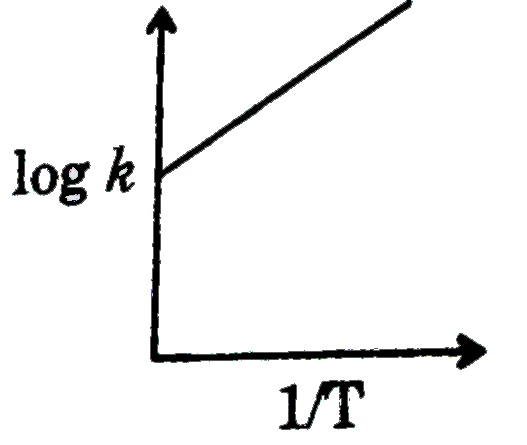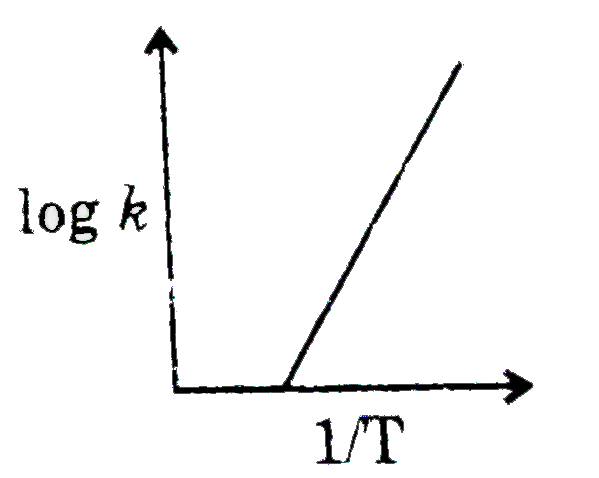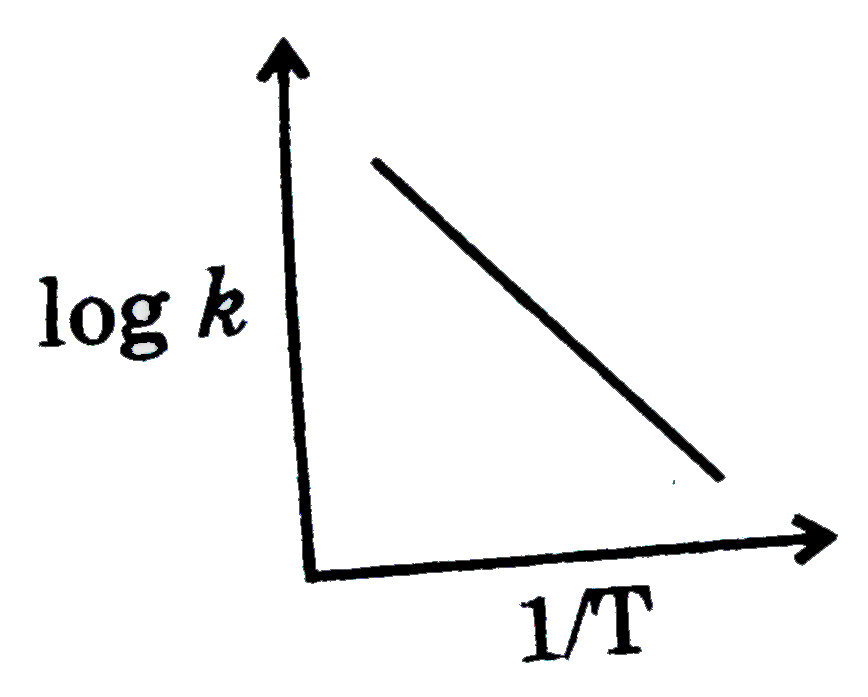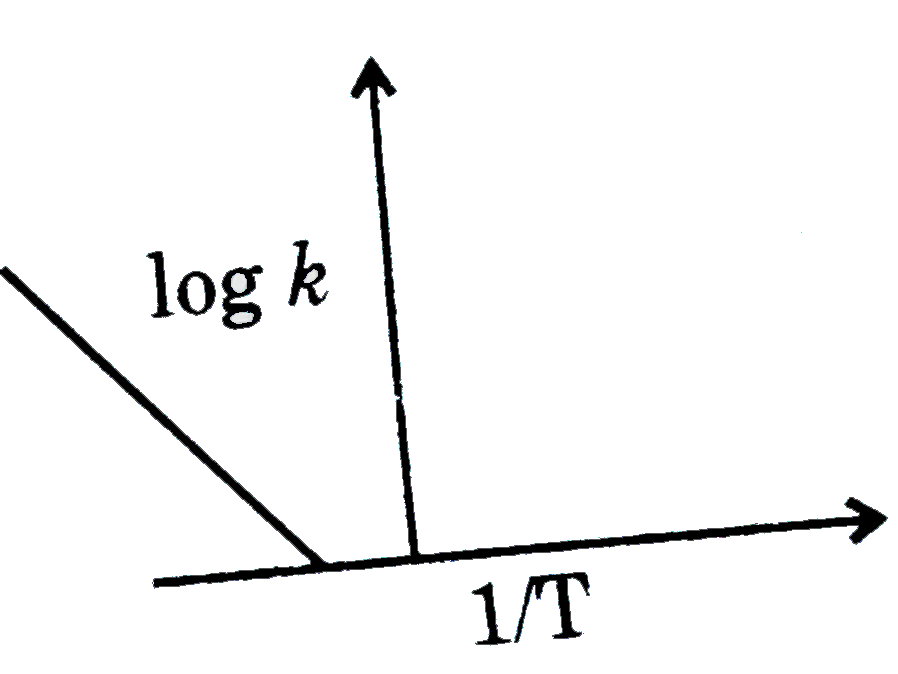At temperature T1, the equilibrium constant of eaction is K1. At a higher temperature T2,K2 is 10% of K1. Predict whether the equilibrium is endothermic or exothermic.
The correct Answer is:Exothermic
Topper's Solved these Questions
- CHEMICAL EQUILIBRIUM - IIBOOK - NCERT TAMILCHAPTER - CHEMICAL EQUILIBRIUM - IIEXERCISE - SELF EVALUATION (C. Answer not exceeding 60 words)
3 Videos
- CHEMICAL KINETICSBOOK - NCERT TAMILCHAPTER - CHEMICAL KINETICSEXERCISE - EXAMPLE
10 Videos
- CHEMICAL KINETICS-IIBOOK - NCERT TAMILCHAPTER - CHEMICAL KINETICS-IIEXERCISE - SELF EVALUATION ((D) Solve the problems :)
7 Videos
Similar Questions
If K1 is the equilibrium constant at temperature T1andK2 is the equilibrium constant at temperature T2and If T2>T1 and reaction is endothermic then
View SolutionVan't Hoff's equation for a chemical reaction under equilibrium is given by standard reaction enthalpy at temperature T and K is the equilibrium constant . Predict how K will vary with temperature for an exothermic
View Solution
Knowledge Check
If K1 is the equilibrium constant at temperature T1andK2 is the equilibrium constant at temperature T2and If T2>T1 and reaction is endothermic then
AK2<K1BK2=K1CK2>K1DAll of theseVan't Hoff's equation for a chemical reaction under equilibrium is given by standard reaction enthalpy at temperature T and K is the equilibrium constant . Predict how K will vary with temperature for an exothermic
AK decreases as the temperature risesBK is remain unchangedCK increases as the temperature riseDInformation is not sufficientEffect of temperature on the equilibrium process analysed by using the thermodynamics
From the thermodynamics reaction
ΔG∘=−2.30RTlogk
ΔG∘: Standing free energy change
ΔG∘=ΔH∘−TΔS∘…(ii)
ΔH∘:Standard heat of the reaction gt
From eqns.(i) and(ii)
−2RTlogk=ΔH∘=TΔS∘
ΔS∘ : standard entropy change
⇒ logK=−ΔH∘2.3RT+ΔS∘2.3R
Clearly, if a plot of k vs 1/T is made then it is a straight lone having slope =−ΔH∘2.3R amd y intercept =ΔS∘2.3R
If at temperature T1 equilibrium constant be k1 and at temperature T2equilibrium constant be k2 then :
⇒ logK1=−ΔH∘2.3RT1+ΔS∘2.3R..(iv)
⇒ logK2=−ΔH∘2.3RT2+ΔS∘2.3R...(v)
Substracting e.q (iv) from (v), we get
from the relation we can conclude that the of equilibrium constant increase in temperature for endothermic reaction eith but value of equilibrium constant decrease with the increase in temperature for exothermic reaction
For exothermic reaction if ΔS∘<0 then the sketch of log k vs 1T may beA B
B C
C D
D
Effect of temperature on the equilibrium process analysed by using the thermodynamics
From the thermodynamics reaction
ΔG∘=−2.30RTlogk
ΔG∘: Standing free energy change
ΔG∘=ΔH∘−TΔS∘…(ii)
ΔH∘:Standard heat of the reaction gt
From eqns.(i) and(ii)
−2RTlogk=ΔH∘=TΔS∘
ΔS∘ : standard entropy change
⇒ logK=−ΔH∘2.3RT+ΔS∘2.3R
Clearly, if a plot of k vs 1/T is made then it is a straight lone having slope =−ΔH∘2.3R amd y intercept =ΔS∘2.3R
If at temperature T1 equilibrium constant be k1 and at temperature T2equilibrium constant be k2 then :
⇒ logK1=−ΔH∘2.3RT1+ΔS∘2.3R..(iv)
⇒ logK2=−ΔH∘2.3RT2+ΔS∘2.3R...(v)
Substracting e.q (iv) from (v), we get
from the relation we can conclude that the of equilibrium constant increase in temperature for endothermic reaction eith but value of equilibrium constant decrease with the increase in temperature for exothermic reaction
For exothermic reaction if ΔS∘<0 then the sketch of log k vs 1T may be
View SolutionWhich In K vs 1/T plot is correct for an equilibrium that shits toward reactants at higher temperatures?
View SolutionVariation of equilibrium constan K with temperature is given by van't Hoff equation
InK=ΔrS∘R−ΔrH∘RT
for this equation, (ΔrH∘) can be evaluated if equilibrium constants K1 and K2 at two temperature T1 and T2 are known.
log(K2K1)=ΔrH∘2.303R[1T1−1T2]<br>The equilibrium constant Kp for the following reaction is 1 at 27∘C and 4 at 47∘C.
A(g)⇔B(g)+C(g)
For the reaction calculate enthalpy change for the
B(g)+C(g)⇔A(g)
(Given:R=2cal/mol−K)
View SolutionWhich In K vs 1/T plot is correct for an equilibrium that shits toward reactants at higher temperatures?
View SolutionIf K1= Rate constant at temperature T1 and k2 rate constant at temperature T2 for a first order reaction, then which of the following relation is correct ?
View Solution
